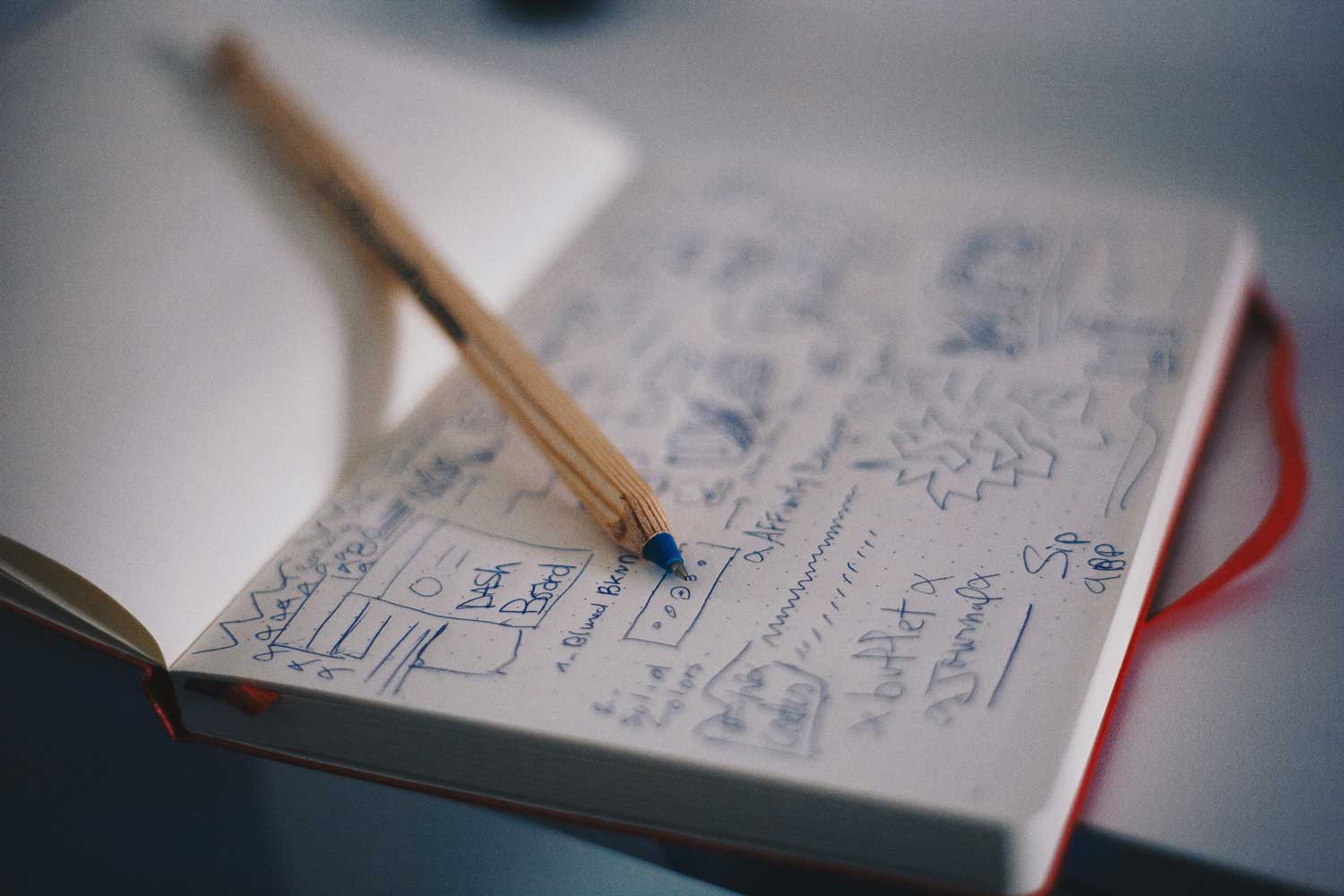
Ed Stennett
28 April, 2018 • 3 min read

For me, when we chose to define, we compromise the final output and limit the potential of the design. Design exists in the same way art does; to erase limitations and craft new ideas. Over the next 5 minutes, I will explore two very different examples of how defining design too early can have a truly pernicious effect.

Within traditional media agencies, it is often the case that design becomes part of a process rather than the process. When working with a client on a project, a comprehensive brief will be put together that must be stuck to, where a designer or design team will be given a set amount of time to work on something and once the the time is up, it’s sent off, billed, and then onto the next project. Commercially, it makes complete sense - time is money. That time must be charged for and by defining a set time limit for a specific project, a client can be sure how much they will pay and are given a relatively clear sense of what the final output will be. However, by defining this, we restrict the design. What if after the time limit is up the designer isn’t entirely happy? What if they weren’t involved in the original meetings and were never happy and/or clear with the signed off brief?
By setting strict parameters in the agency process, we limit design. For me, it’s this process driven design that has changed companies perceptions of agencies and why they are starting to look for alternatives. This effect can be seen in WPP’s share price, which was up at 1840 at the start of 2017, and today (April 2018), has fallen to 1148. Even with Martin Sorrell’s departure this month, this fall from grace has been nothing short of profound.

Whether it’s the quality of design being produced, companies setting up internal design teams, startups disrupting the agency scene or a combination of all three, I can’t help but think if agencies chose to treat design as the process and offer the highest level of craft then maybe things could be different.
When it comes to product development, there are many schools of thought around what best practises are around various methodologies. To find out more about them, this video is very informative.
Having worked on both agile and waterfall projects, I can confidently say that agile is far more preferable. I’m not alone with this opinion and the vast majority of software teams will opt for some form of agile methodology. For me, the biggest draw back that waterfall has is that it starts with a huge initial phase that involves defining objectives, scope, purpose, and deliverables. Once this phase is completed, you can’t go back a step. Waterfall requires a team to define an entire project from the outset and therefore limit the design.
During a Waterfall project, if something needs to be changed or added and was missing from the requirements phase, it is very difficult and expensive to go back and fix it. Waterfall assumes you know exactly what you want from the very outset and leaves limited scope for change or innovation.
When it comes to agile working, you are able to, as the name suggests, very quickly and easily adapt to unforeseen circumstances during a project. The openness to changing requirements over time and constant feedback from the end users means that you can continuously iterate and improve the design. Change is embraced leading ultimately to a better overall product. By not defining the entire project from the outset, the design is not limited and thus the final product does not suffer.
Across all forms of design, it’s important to not set strict parameters and limit your process. The best design comes when there are no limits and complete creative freedom.
When it comes to product design, release early, fail fast, learn, iterate, improve, and innovate. I’m incredibly lucky to work in a team where I am able to put this into practise. I am able to obsess over every last pixel and meticulously iterate with every new design. It’s only where you are in a position to do this, can you truly produce the very best work.
Blog • 10 Jan 19 • 4 min read
As a Product Designer I’m used to shifting pixels, kerning letter forms, and asking users ‘what they expected when they pressed that button’. As a result, words don’t come as naturally to me as others, but I saw a video this week that I felt really captured what we are trying to say at Seenit.
Read moreBlog • 25 May 18 • 3 min read
With data privacy at the forefront of the world's media, I thought I'd write about a topic that is actually a lot easier to do well than people make out: passwords.
Read moreBlog • 18 Feb 18 • 3 min read
This is my first ever blog post, a weirdly daunting concept that’s a living, breathing example that some New Years resolutions do come to fruition, at least in part.
Read more

